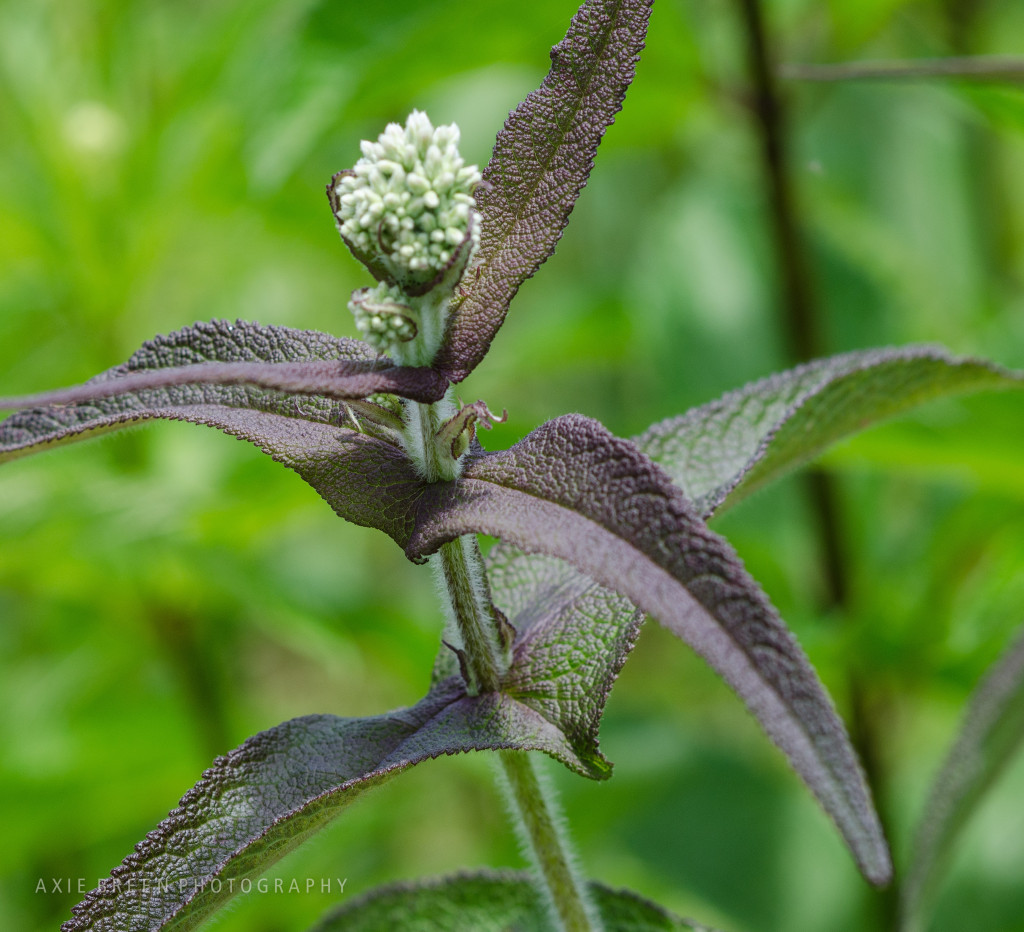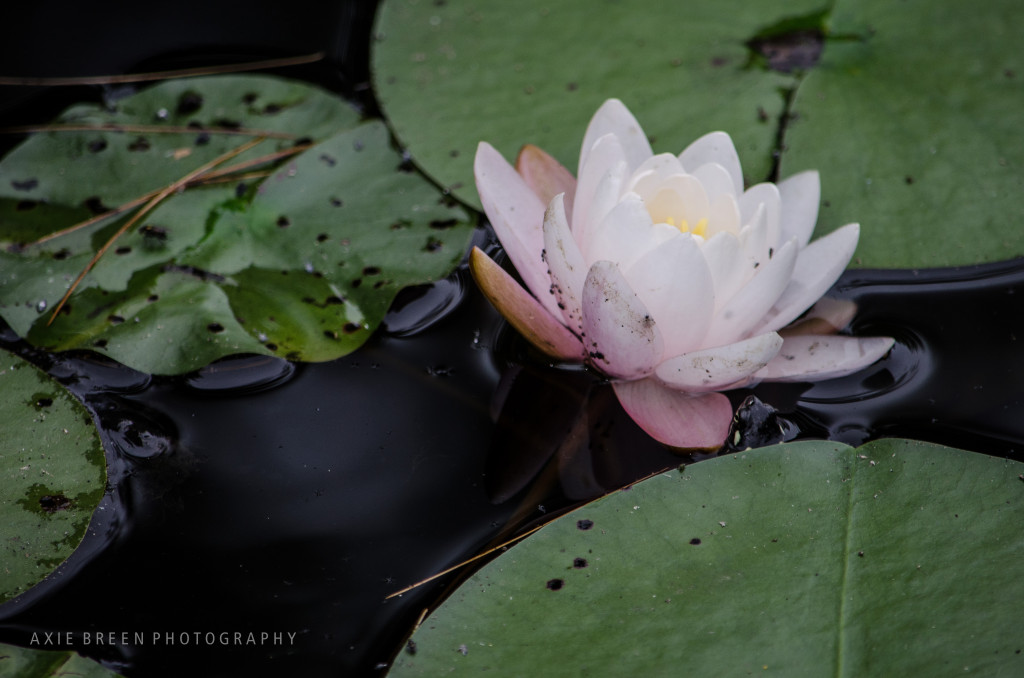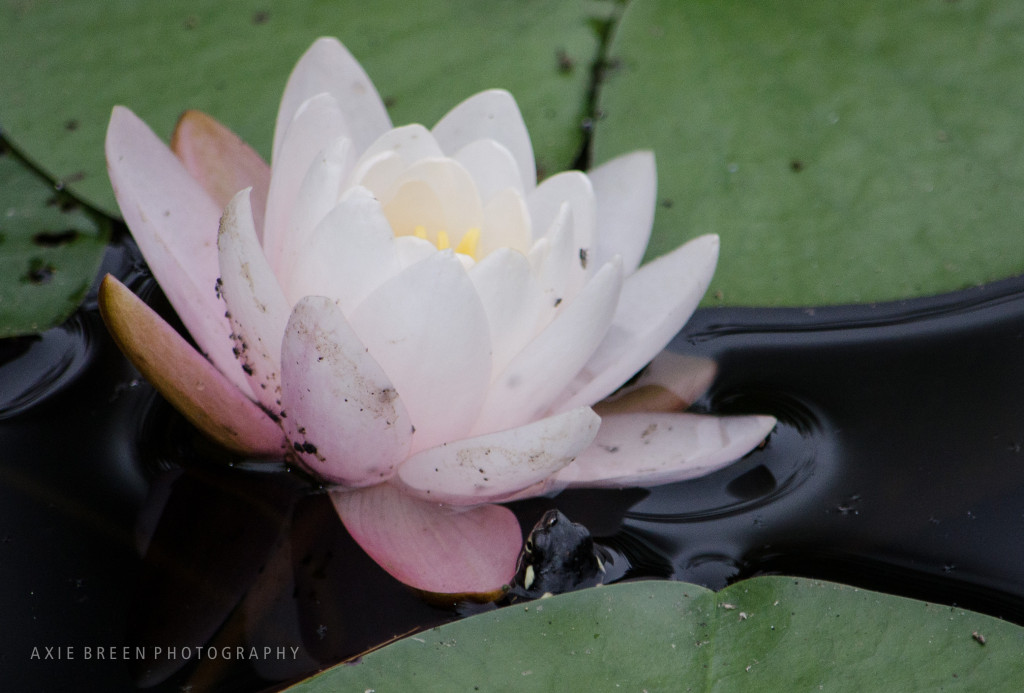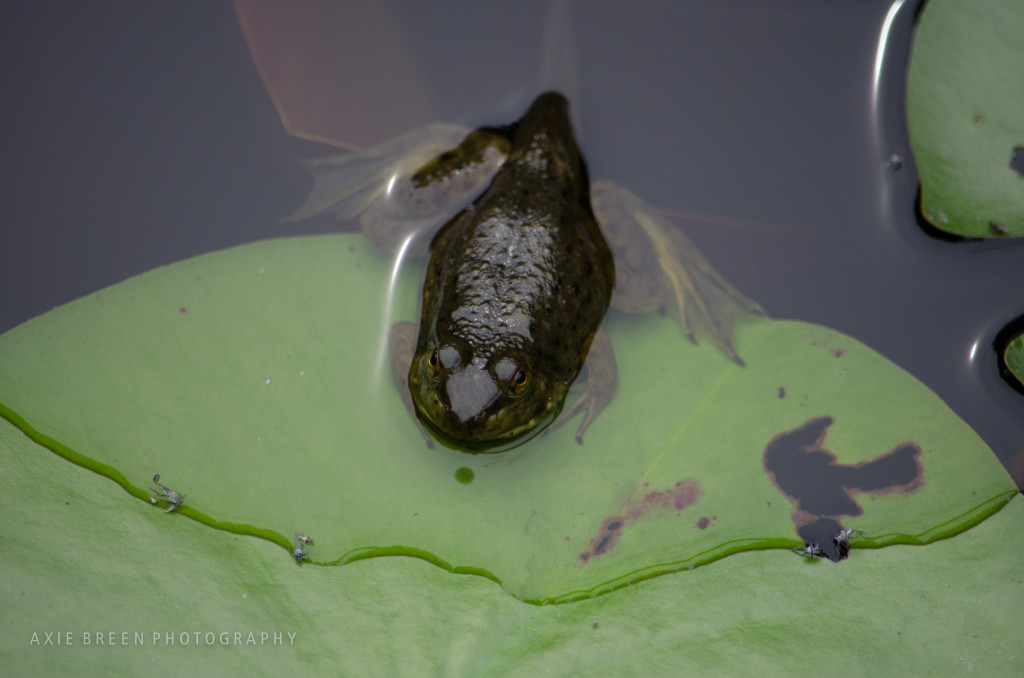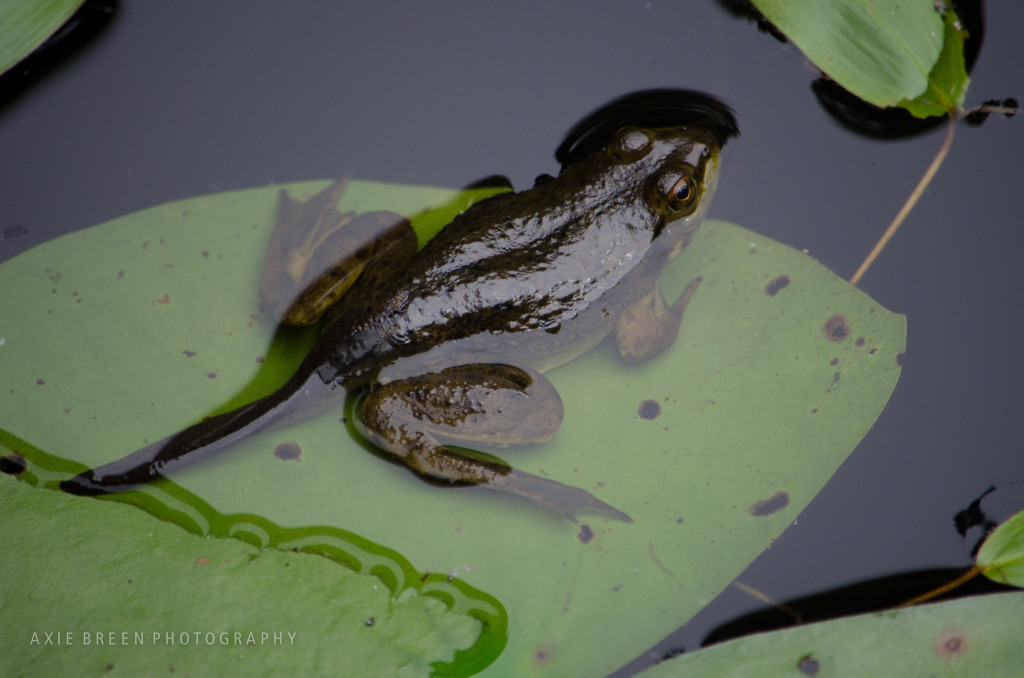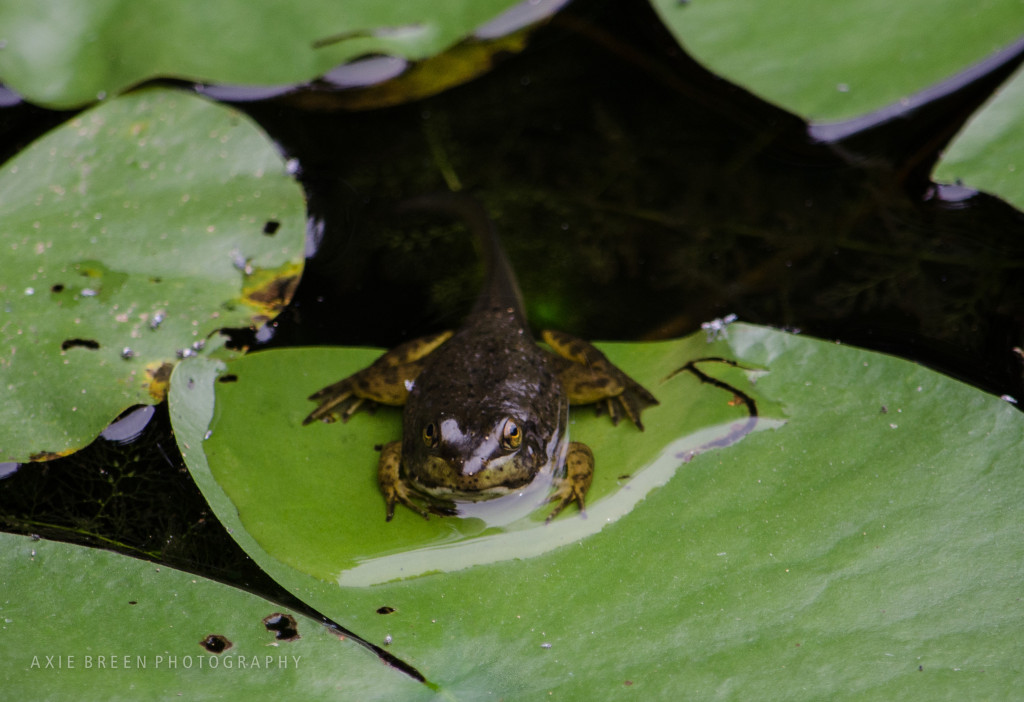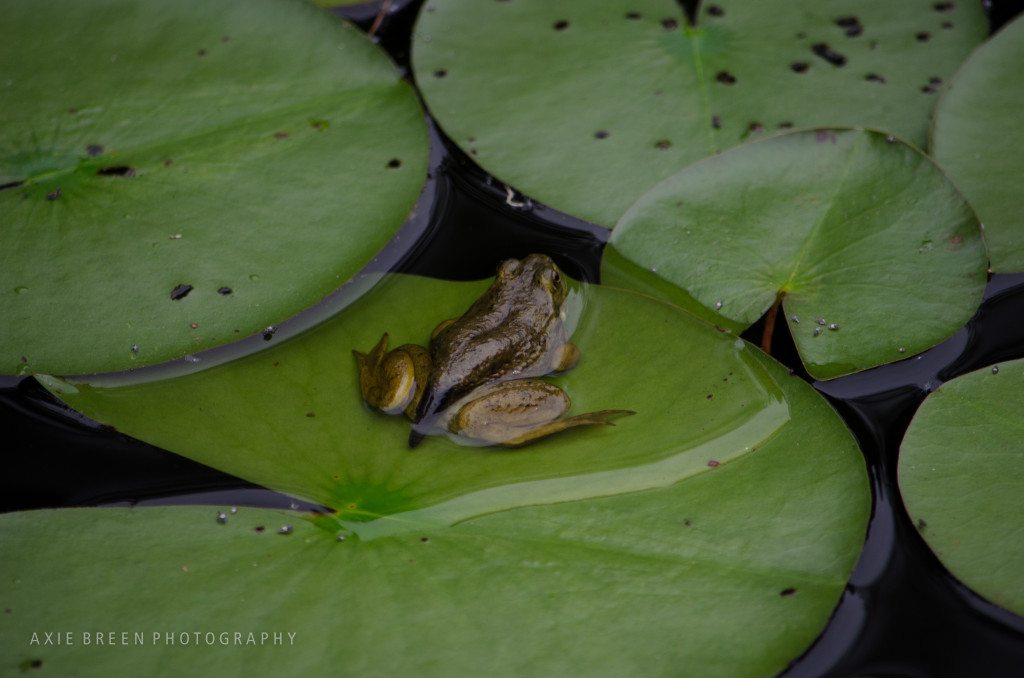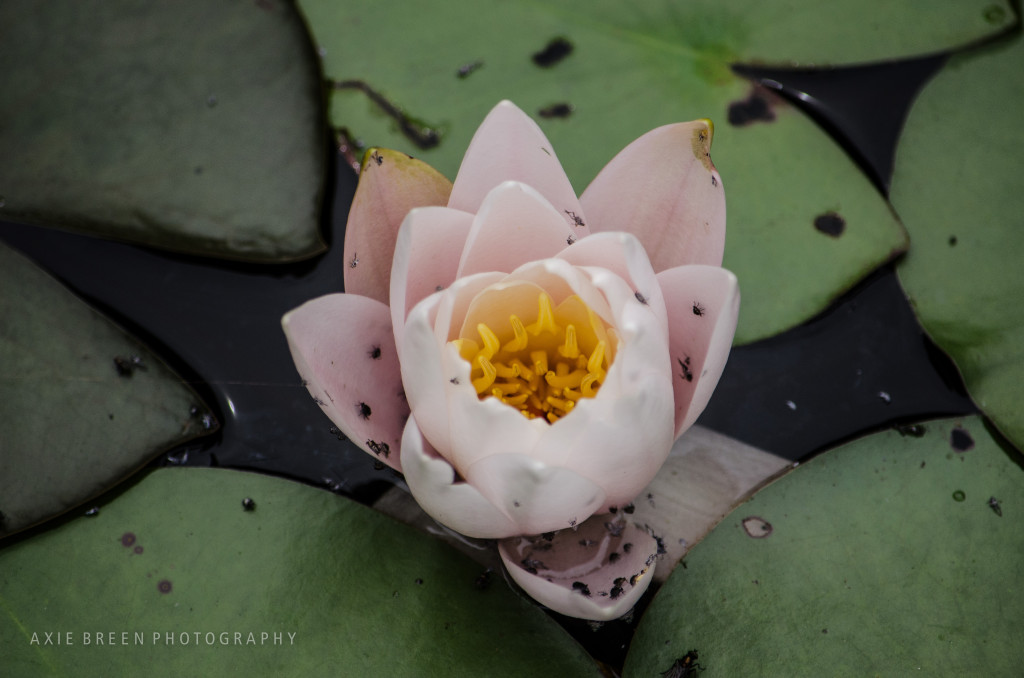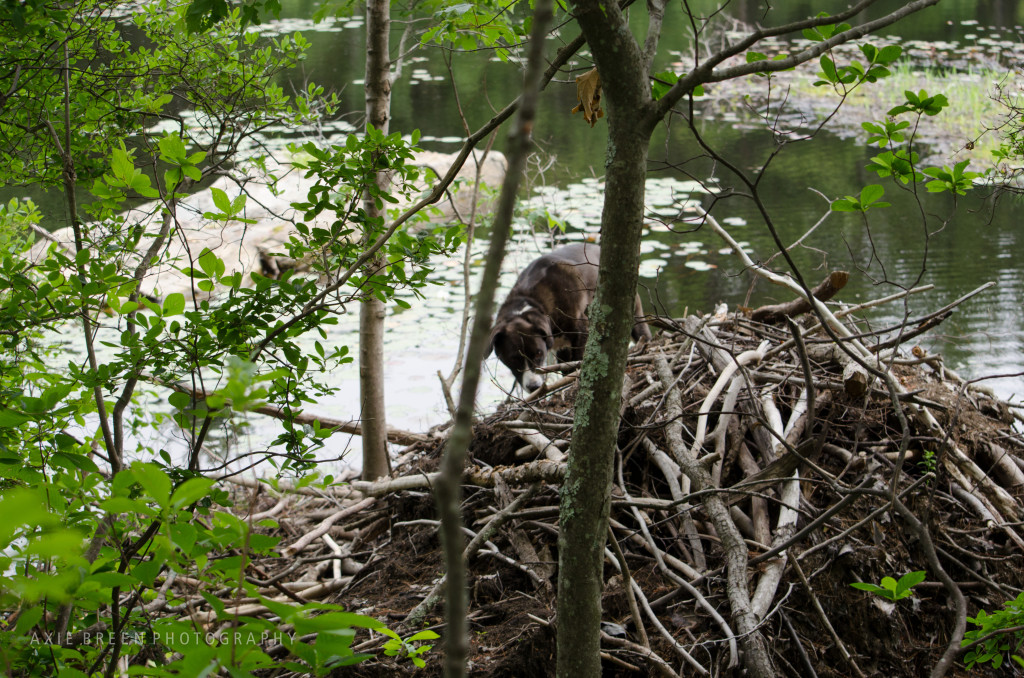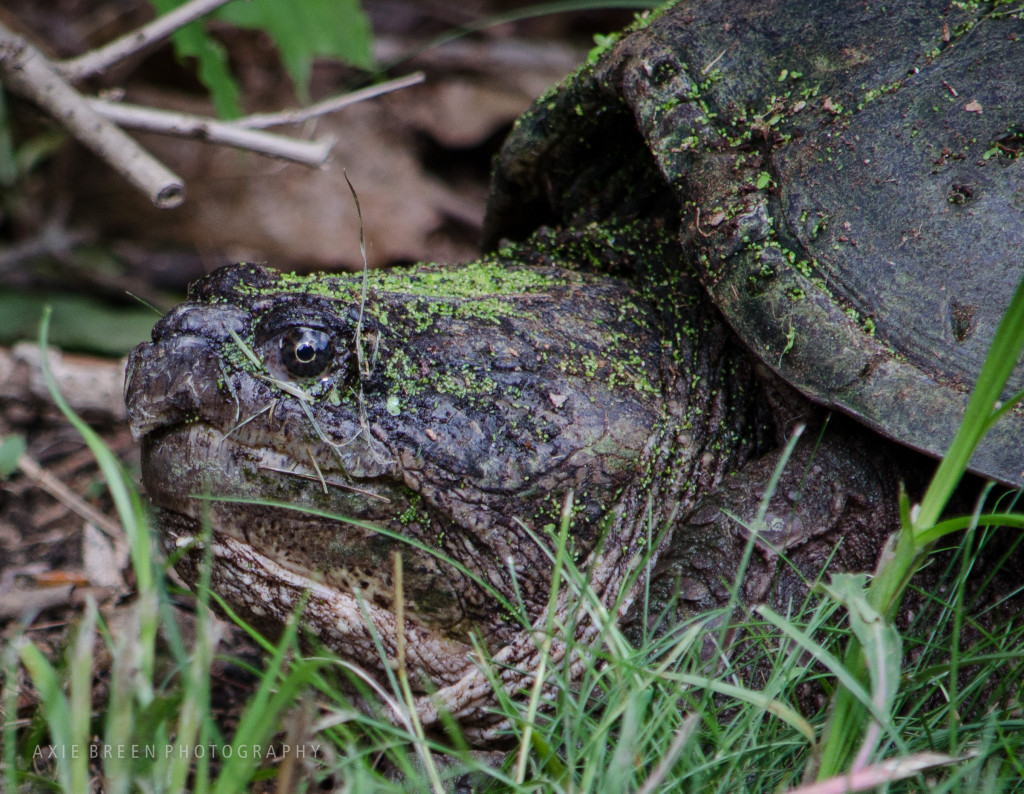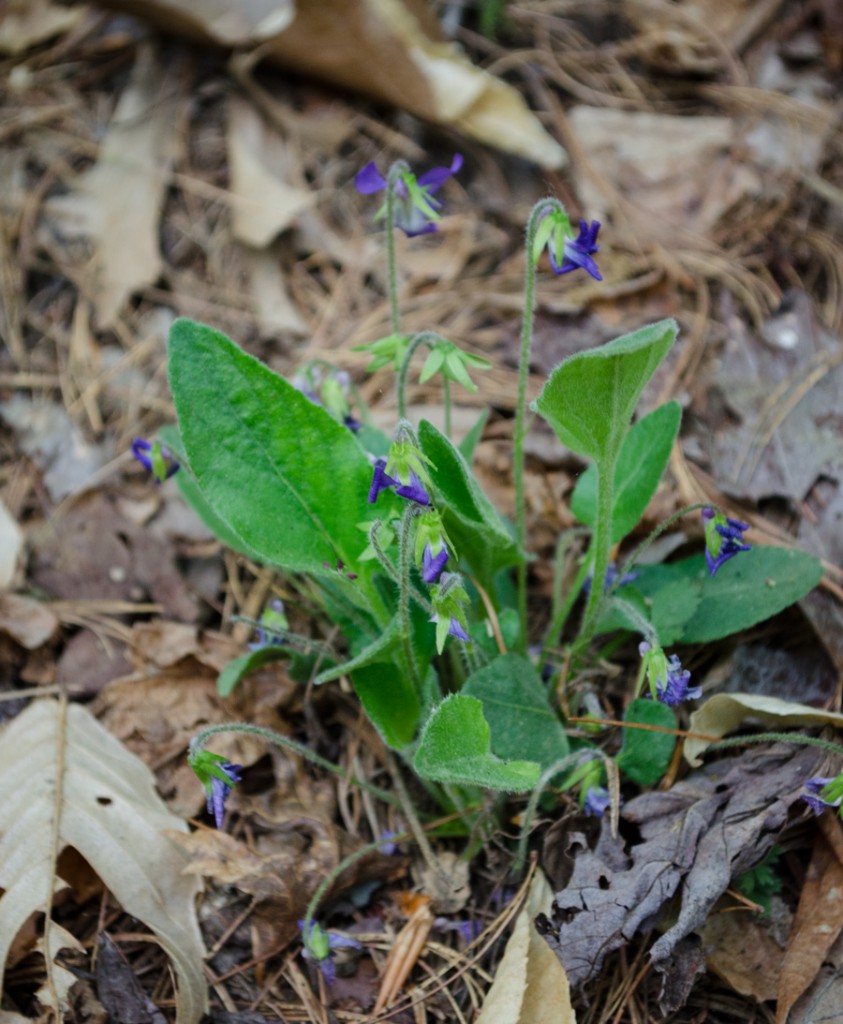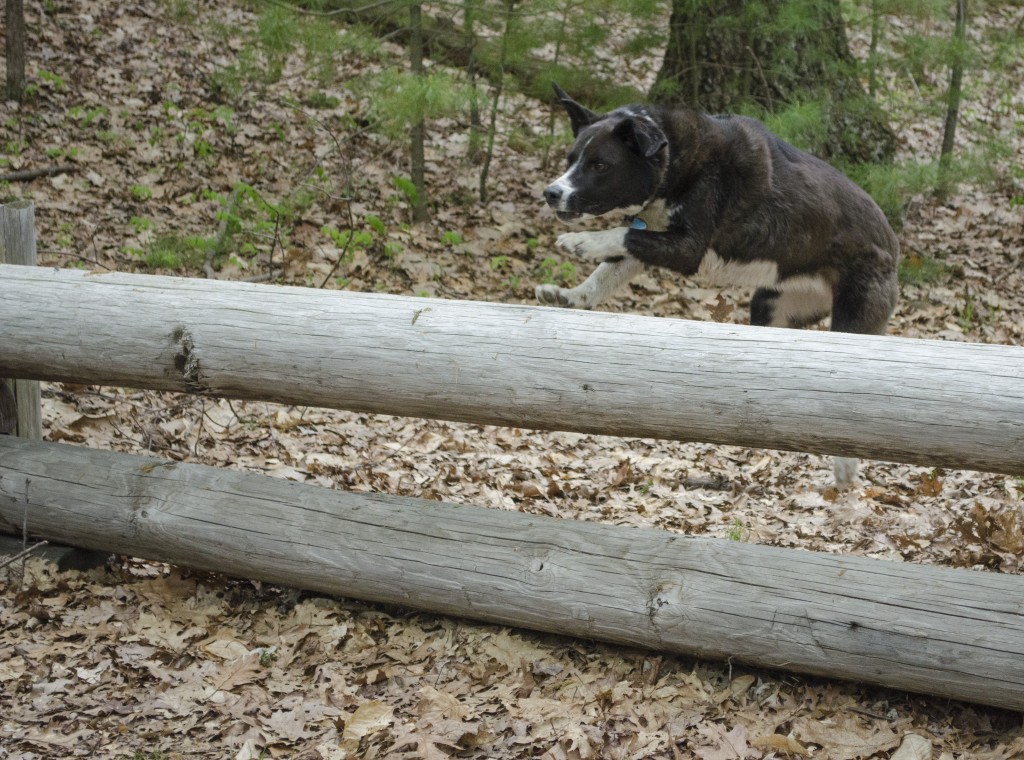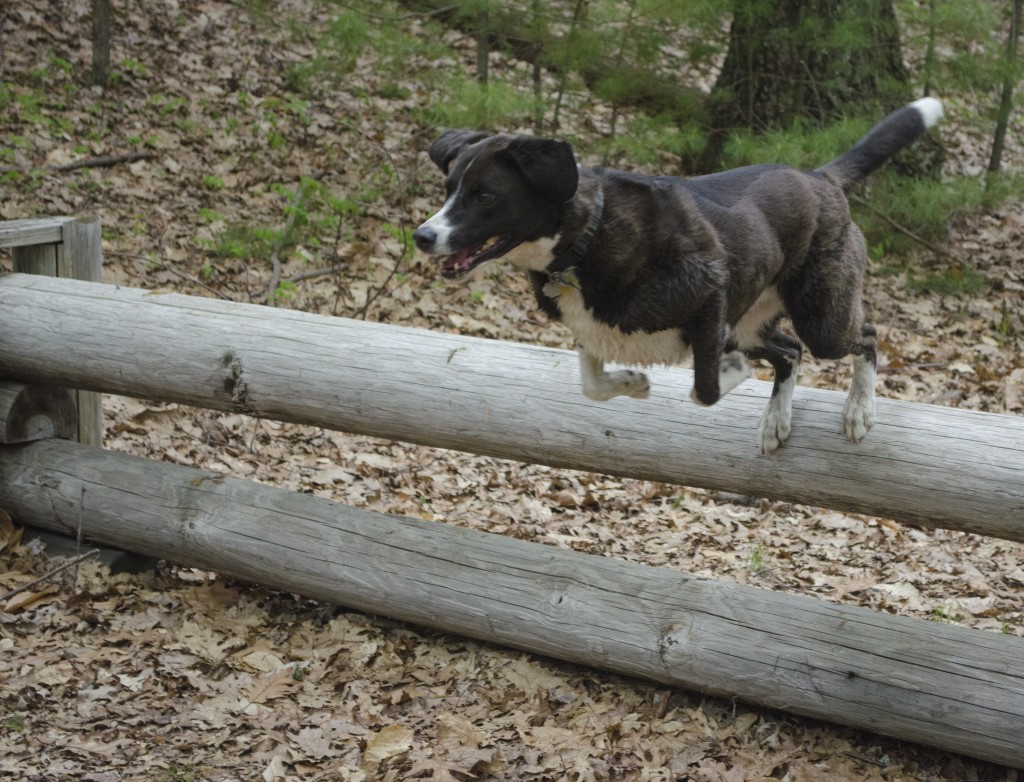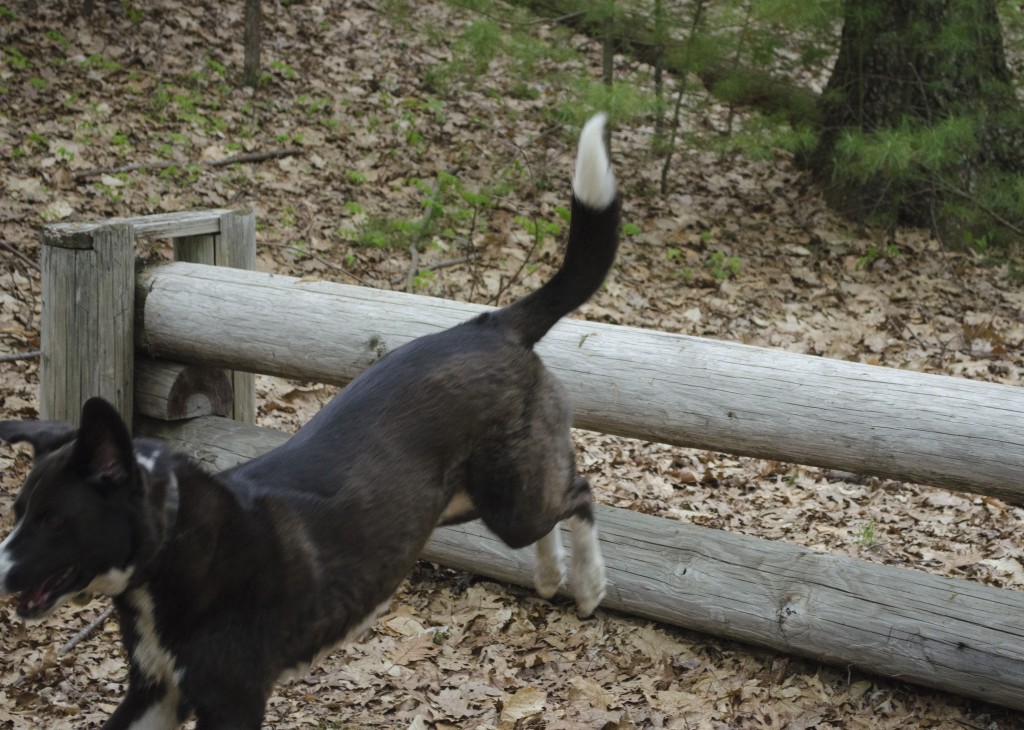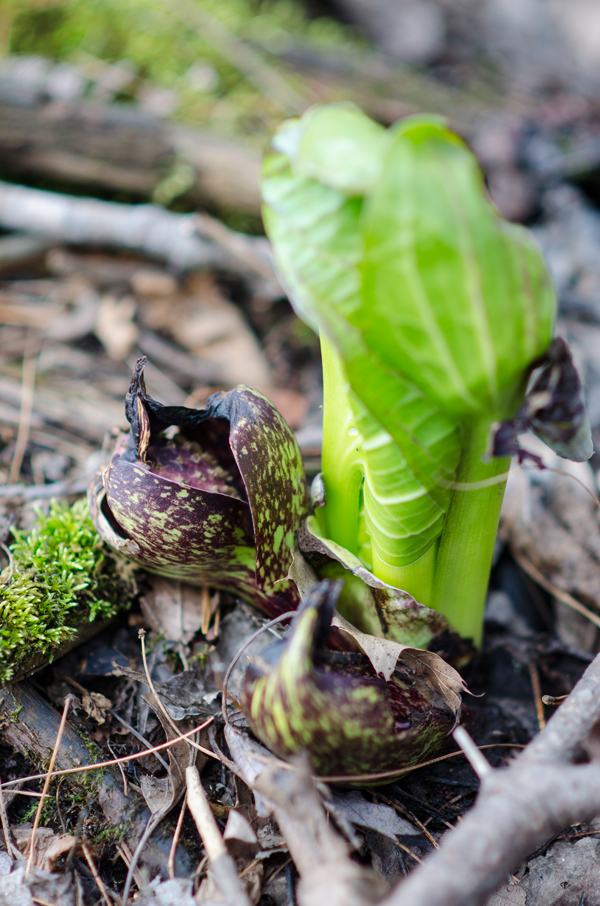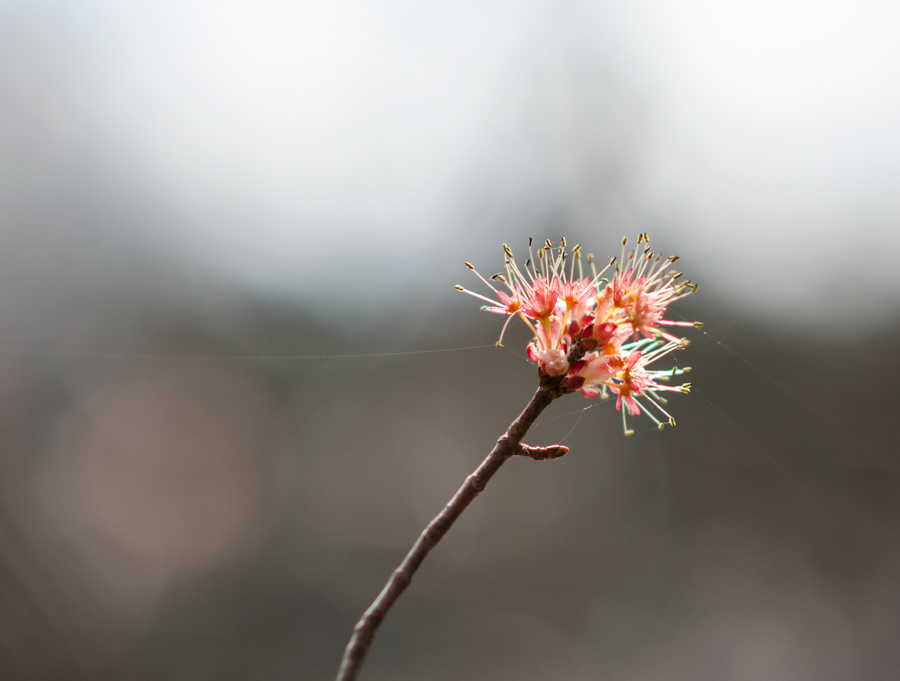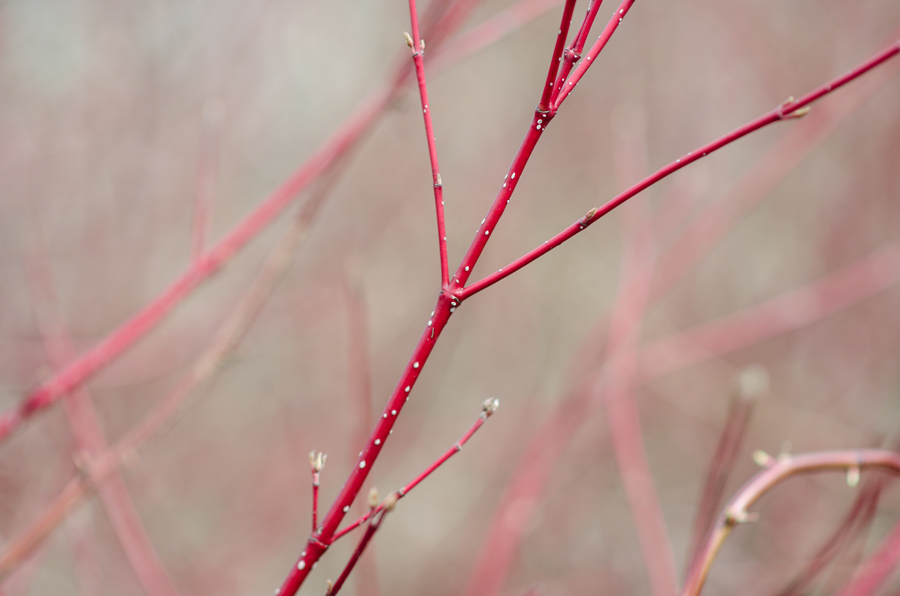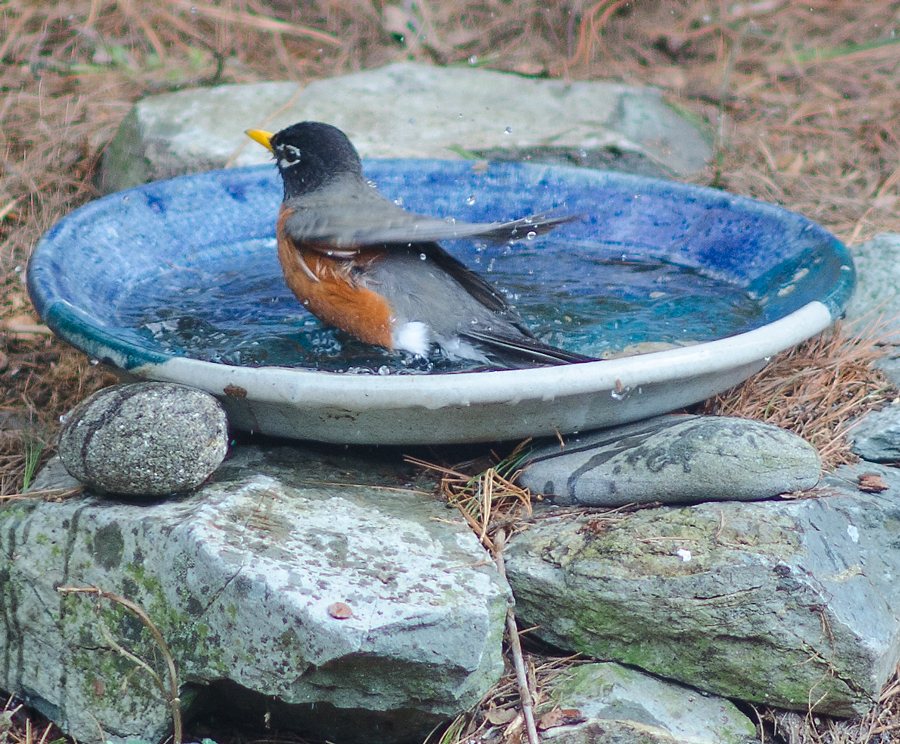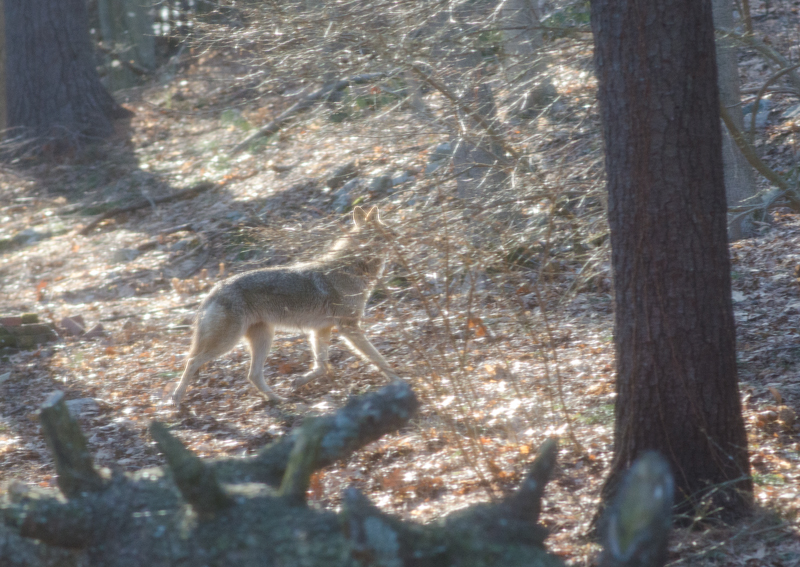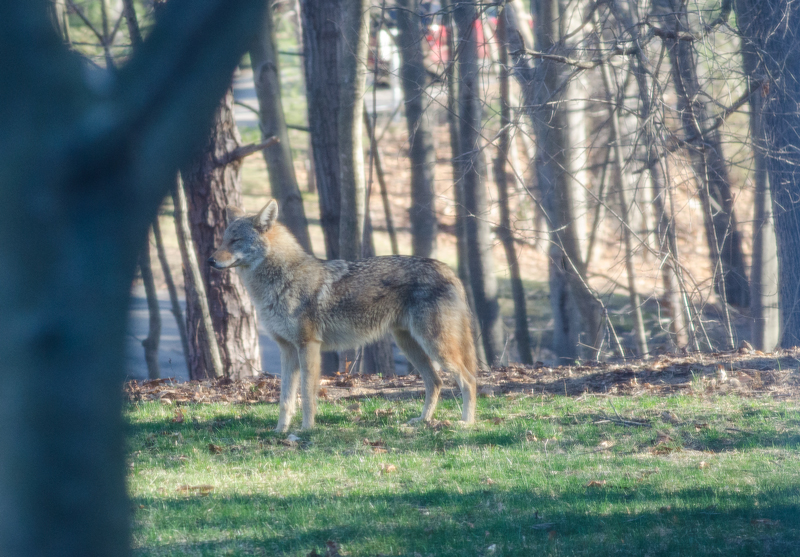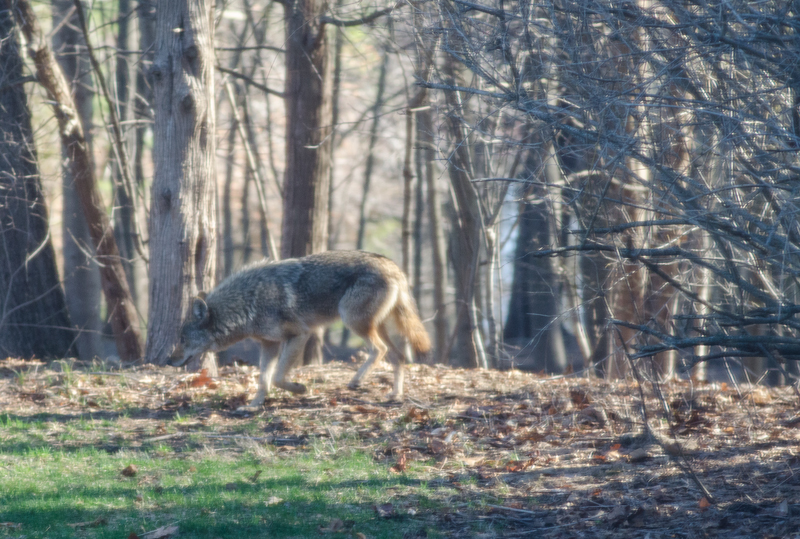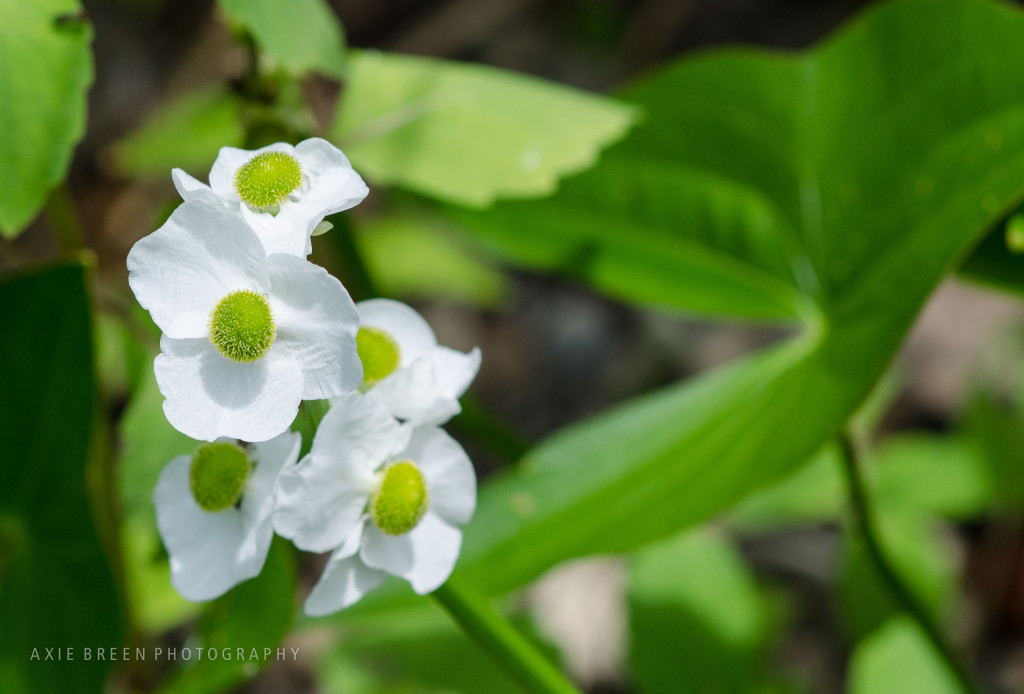 Another marsh plant seen at Lake Waban in Wellesley, MA. Grows with its feet in water, can be one to three feet tall with big arrow-shaped leaves. Very attractive to insects because it has 25-40 stamen and can hold loads of pollen. Ducks feed on the tubers and seeds. Muskrats eat them too. Native. Water Plantain family.
Another marsh plant seen at Lake Waban in Wellesley, MA. Grows with its feet in water, can be one to three feet tall with big arrow-shaped leaves. Very attractive to insects because it has 25-40 stamen and can hold loads of pollen. Ducks feed on the tubers and seeds. Muskrats eat them too. Native. Water Plantain family.
Common Arrowhead, Duck Potato (Sagittaria latifolia)

